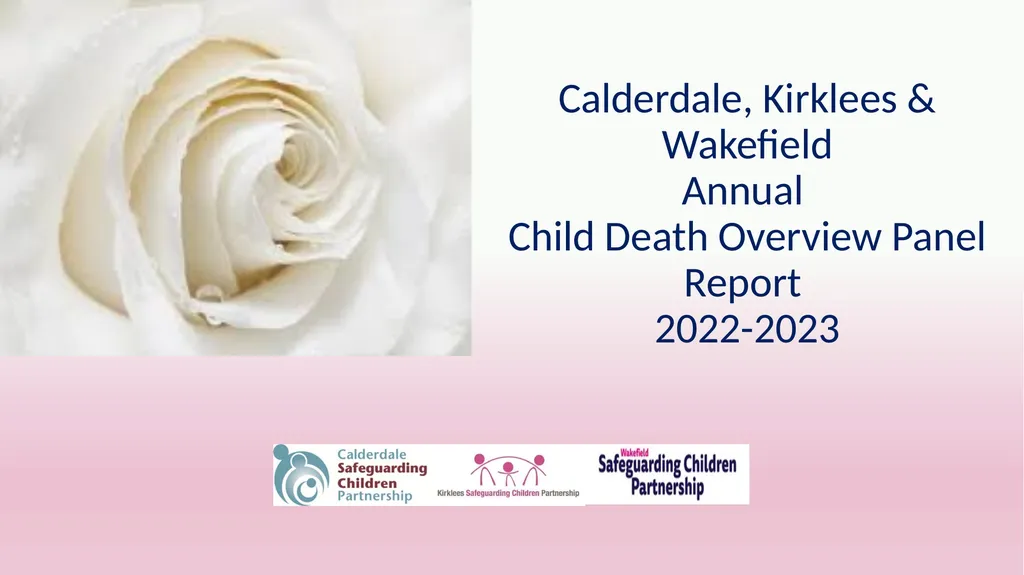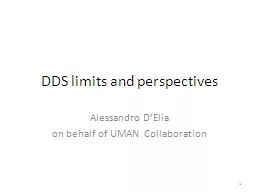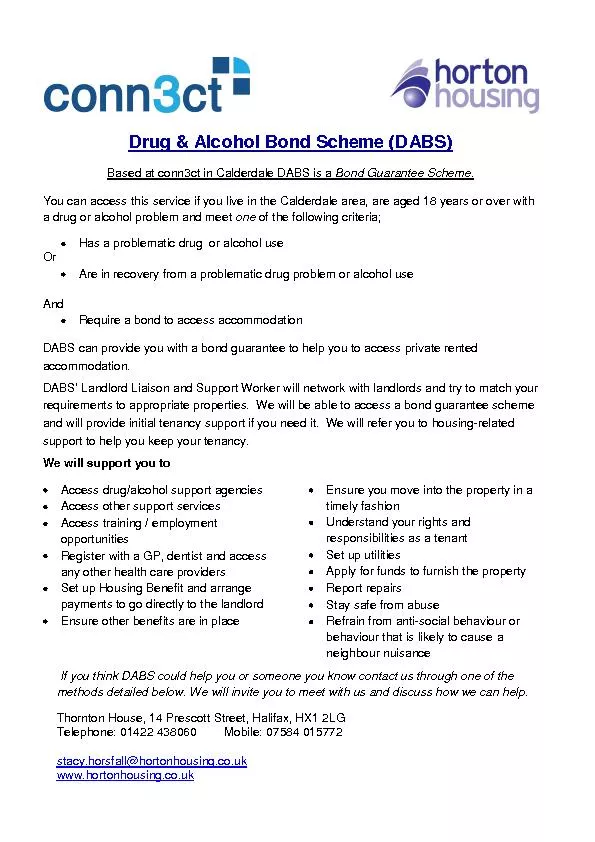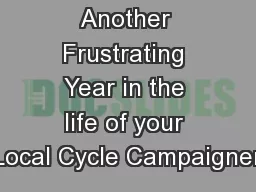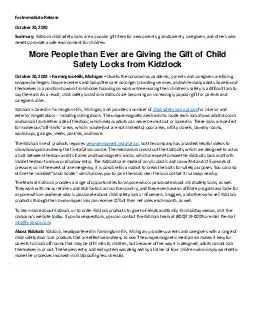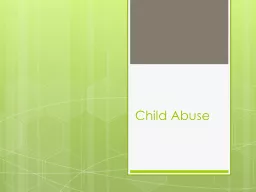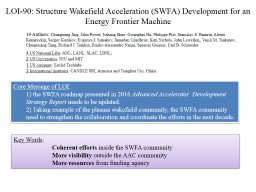Calderdale, Kirklees & Wakefield Annual Child
Author : myesha-ticknor | Published Date : 2025-08-06
Description: Calderdale Kirklees Wakefield Annual Child Death Overview Panel Report 20222023 Contents Introduction 3 CDOP Process 4 6 Membership and Panel Meetings 7 8 What have we Achieved 9 12 Modifiable Factors Document Across Kirklees
Presentation Embed Code
Download Presentation
Download
Presentation The PPT/PDF document
"Calderdale, Kirklees & Wakefield Annual Child" is the property of its rightful owner.
Permission is granted to download and print the materials on this website for personal, non-commercial use only,
and to display it on your personal computer provided you do not modify the materials and that you retain all
copyright notices contained in the materials. By downloading content from our website, you accept the terms of
this agreement.
Transcript:Calderdale, Kirklees & Wakefield Annual Child:
Calderdale, Kirklees & Wakefield Annual Child Death Overview Panel Report 2022-2023 Contents Introduction 3 CDOP Process 4 - 6 Membership and Panel Meetings 7 - 8 What have we Achieved 9 – 12 Modifiable Factors Document Across Kirklees, Calderdale and Wakefield 13 - 14 Priorities for 2022/23 15 Kirklees Data 16 Calderdale Data 17 Wakefield Data 18 Pan CDOP Categories of Death 19 Joint Data and Analysis 20-24 Conclusion 25 2 Introduction From 1st April 2008, all deaths of children (up to the age of 18 years, excluding still births and planned terminations) are reviewed by a Panel of professionals from a range of organisations and expertise. This review is part of a national process called the Child Death Overview Panel (CDOP) which is outlined in national guidance (Working Together to Safeguard Children, 2018). This process is undertaken locally for all children who are normally resident in Calderdale, Kirklees, and Wakefield. Every death of a child is a tragedy and we must therefore learn from the circumstances and factors present in each death so we can: Identify any changes that we can make or actions we can take that might help to prevent similar deaths in the future. Share this learning with colleagues regionally and nationally so that the findings will have a wider impact. Analyse trends and targeted interventions delivered in response to these. For example, introducing the requirement to view where a baby sleeps as part of routine enquiry by Health Visiting and Midwifery services, if there have been a spate of deaths where unsafe sleeping practices have been a factor. It could also include launching a targeted water safety campaign aimed at children and young people if there have been deaths due to drowning. The deaths reviewed by the CDOP are not about allocating blame, it is instead about learning and putting actions in place to prevent future deaths. 3 CDOP Process Unexpected deaths An unexpected death is defined as the death of an infant or child (less than 18 years old) which was not anticipated as a significant possibility, for example, 24 hours before the death; or where there was a similarly unexpected collapse or incident leading to or precipitating the events which lead to the death. When an unexpected child death occurs there are specific actions that must be taken by professionals. A Joint Agency Response (JAR) meeting will take place within 72 hours of
